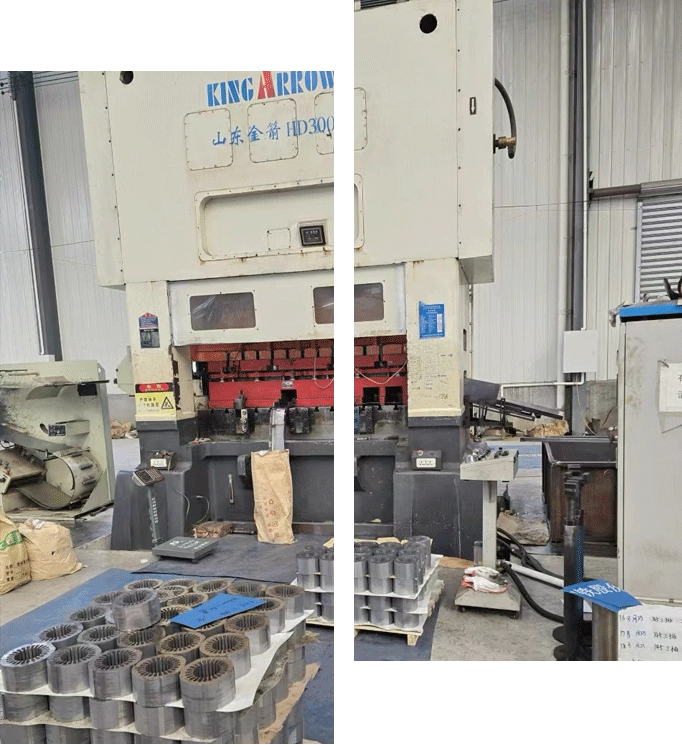Sep . 24, 2024 16:08 Back to list
Understanding Submersible Well Pumps for Efficient Water Extraction and Management Solutions
Submersible Well Pumps An In-Depth Overview
Submersible well pumps play a critical role in modern water extraction and distribution systems. Unlike traditional surface pumps that draw water from above, submersible pumps are designed to be submerged underwater, usually in a borehole or well. This unique design provides several advantages, making them a popular choice for residential, agricultural, and industrial applications.
One of the primary benefits of submersible well pumps is their efficiency. These pumps operate underwater, allowing them to push water to the surface rather than pulling it. This design minimizes the risk of cavitation—a phenomenon that can damage pumps and reduce their lifespan. As a result, submersible pumps often have a longer operational life and require less maintenance compared to their surface counterparts.
Submersible well pumps are also incredibly versatile. They come in various sizes and capacities, catering to different water needs. Whether it’s for a single-family home, a large irrigation system, or a municipal water supply, there is a submersible pump designed to meet specific requirements. Additionally, these pumps can handle various water conditions. They can be used in deep wells where other pump types might struggle, making them ideal for areas where water tables are significantly deep.
Installation of submersible well pumps is generally straightforward, but it requires proper planning and execution. The pump is lowered into the well casing, often connected to a pipe or electrical line, which is then run to the surface. Proper sizing of the pump is crucial; it must match the depth of the well and the volume of water needed. Furthermore, considerations such as the water quality, temperature, and even the presence of sand or sediment are essential factors when selecting a pump.
submersible well pumps

In terms of energy efficiency, submersible well pumps tend to use less power compared to surface pumps, especially in scenarios requiring high lifting heights. Many modern submersible pumps are designed with advanced technologies, such as variable frequency drives (VFDs), which optimize energy consumption based on actual water demand. This not only lowers energy costs for homeowners and businesses but also contributes to a more sustainable use of resources.
Another noteworthy aspect of submersible well pumps is their role in environmental conservation. They are often employed in groundwater recharge projects, helping to manage and preserve local aquifers. By extracting groundwater responsibly, these pumps can aid in maintaining the ecological balance in various ecosystems.
Despite the numerous advantages, homeowners and businesses must be aware of potential challenges. Selecting the right pump, ensuring proper maintenance, and considering water quality are all critical factors that can impact the efficiency and lifespan of a submersible well pump. Periodic inspections and maintenance are essential to avoid common issues such as clogging, which can arise from sediment or debris.
In conclusion, submersible well pumps are vital tools in water management across various sectors. Their efficiency, versatility, and ability to operate in challenging conditions make them an excellent choice for many applications. By understanding their operation and maintaining them properly, users can ensure a reliable and sustainable water supply for years to come.
-
Submersible Water Pump: The Efficient 'Power Pioneer' of the Underwater World
NewsJul.01,2025
-
Submersible Pond Pump: The Hidden Guardian of Water Landscape Ecology
NewsJul.01,2025
-
Stainless Well Pump: A Reliable and Durable Pumping Main Force
NewsJul.01,2025
-
Stainless Steel Submersible Pump: An Efficient and Versatile Tool for Underwater Operations
NewsJul.01,2025
-
Deep Well Submersible Pump: An Efficient 'Sucker' of Groundwater Sources
NewsJul.01,2025
-
Deep Water Well Pump: An Efficient 'Sucker' of Groundwater Sources
NewsJul.01,2025
-
 Submersible Water Pump: The Efficient 'Power Pioneer' of the Underwater WorldIn the field of hydraulic equipment, the Submersible Water Pump has become the core equipment for underwater operations and water resource transportation due to its unique design and excellent performance.Detail
Submersible Water Pump: The Efficient 'Power Pioneer' of the Underwater WorldIn the field of hydraulic equipment, the Submersible Water Pump has become the core equipment for underwater operations and water resource transportation due to its unique design and excellent performance.Detail -
 Submersible Pond Pump: The Hidden Guardian of Water Landscape EcologyIn courtyard landscapes, ecological ponds, and even small-scale water conservancy projects, there is a silent yet indispensable equipment - the Submersible Pond Pump.Detail
Submersible Pond Pump: The Hidden Guardian of Water Landscape EcologyIn courtyard landscapes, ecological ponds, and even small-scale water conservancy projects, there is a silent yet indispensable equipment - the Submersible Pond Pump.Detail -
 Stainless Well Pump: A Reliable and Durable Pumping Main ForceIn the field of water resource transportation, Stainless Well Pump has become the core equipment for various pumping scenarios with its excellent performance and reliable quality.Detail
Stainless Well Pump: A Reliable and Durable Pumping Main ForceIn the field of water resource transportation, Stainless Well Pump has become the core equipment for various pumping scenarios with its excellent performance and reliable quality.Detail
